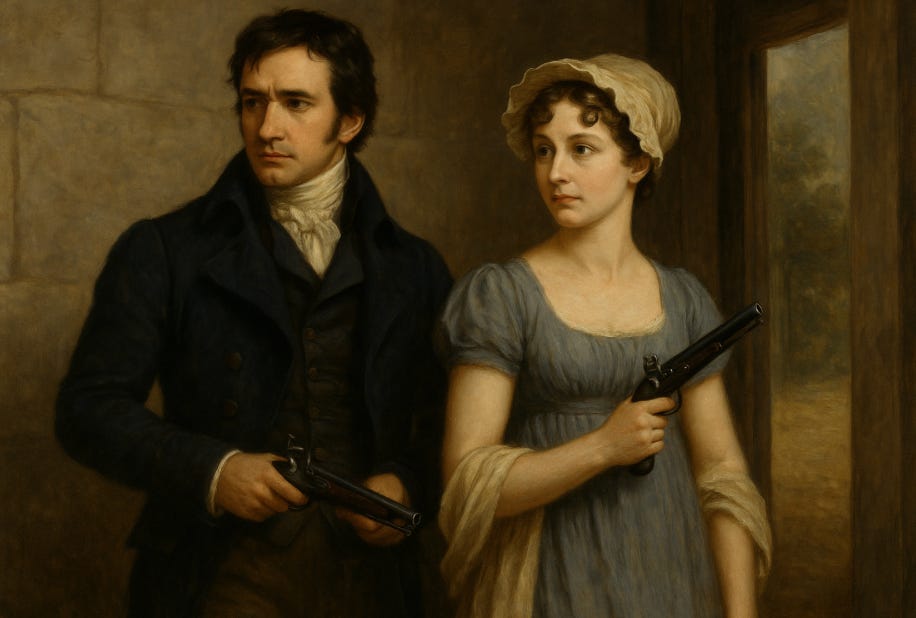If you've ever had a character do something completely maddening on the page—something you didn't expect, something they should know better than to do—and you started worrying you'd lost the plot... good news! You probably just made them a little more real.
Because that’s what real people do. They contradict themselves. Constantly.
We say one thing and do another. We believe two opposing ideas before breakfast. We swear we're done with someone, then stalk their Instagram an hour later. And this messy, contradictory nature of being human? It’s pure gold in fiction.
✦ What Is Contradiction, Really?
I’m not talking about plot holes or mistakes in continuity. I’m talking about those beautiful, maddening moments when a character’s actions don’t quite line up with what they say, or even what they believe.
Shall we do some for instances?
• The spy who claims to hate their partner, but notices their cologne and offers them half a pastry.
• The hardened detective who insists they’ve “seen it all,” but tears up watching a kid sing in the park.
• The ambitious heroine who spends an entire book chasing power, only to throw it away for love, or spite, or something she can’t quite name.
These are human contradictions. And they’re not bugs in the system. They’re proof of life.
✦ The Illusion of Internal Consistency
One of the great lies we tell ourselves as writers is that our characters need to be “consistent.” And for sure, they need to be coherent. They need to follow emotional through-line. But internal consistency? That’s for androids.
Readers don’t fall in love with logic, but they get all hot ‘n’ bothered over complexity. What makes a character memorable is often what makes them maddening. Mr. Darcy is proud and generous. Katniss Everdeen is brave and emotionally avoidant. Severus Snape is cruel and loyal. Contradiction doesn’t weaken these characters. Their human frailties made them icons.
✦ Contradiction as Narrative Texture
Contradiction also adds friction to a story’s emotional surface. It’s the grain in the wood. The scuff on the leather. The delicious macadamia nut in the sickenly rich block of Rocky Road that we told ourselves we were just going to have a little taste of but then we inhaled the lot and didn’t feel like eating lunch, or dinner, really, if we’re being honest about it, which we weren’t when we were confronted about the missing Rocky Road because… Okay, look, just take it from me, when you let your characters act against their stated goals, or when their inner monologue clashes with their behaviour, you build texture. A lived-in world.
That tension forces the reader to read deeper. It gives them something to chew on. Contradiction keeps boredom and the ever-real lure of the doomscroll at bay by setting up expectations and then nudging them sideways.
✦ Examples in the Wild
Take Justine from The Bjorn Identity, which is coming this week. Justine is disciplined, lethal, composed... and absolutely on the edge of a nervous breakdown over being paired with a partner she can't stand. Except, of course, she can stand him. She notices his scent. His body. His kind eyes, damn him.
She’s furious. And fascinated. And furious about being fascinated.
That contradiction doesn’t undermine her professionalism. It intensifies it. She's fighting not just a mission, but herself. And that's where human beings live, in the gap between what we think we want, and what we actually do.
✦ Let the Mask Slip
If you want your characters to come alive, let them crack a little. Let them lie to themselves. Contradiction isn’t confusion. It’s revealing. And when used with care, it’s one of the most powerful tools we have as storytellers. Because when readers spot those moments that don’t quite line up, they lean in closer.
And they recognise themselves.




